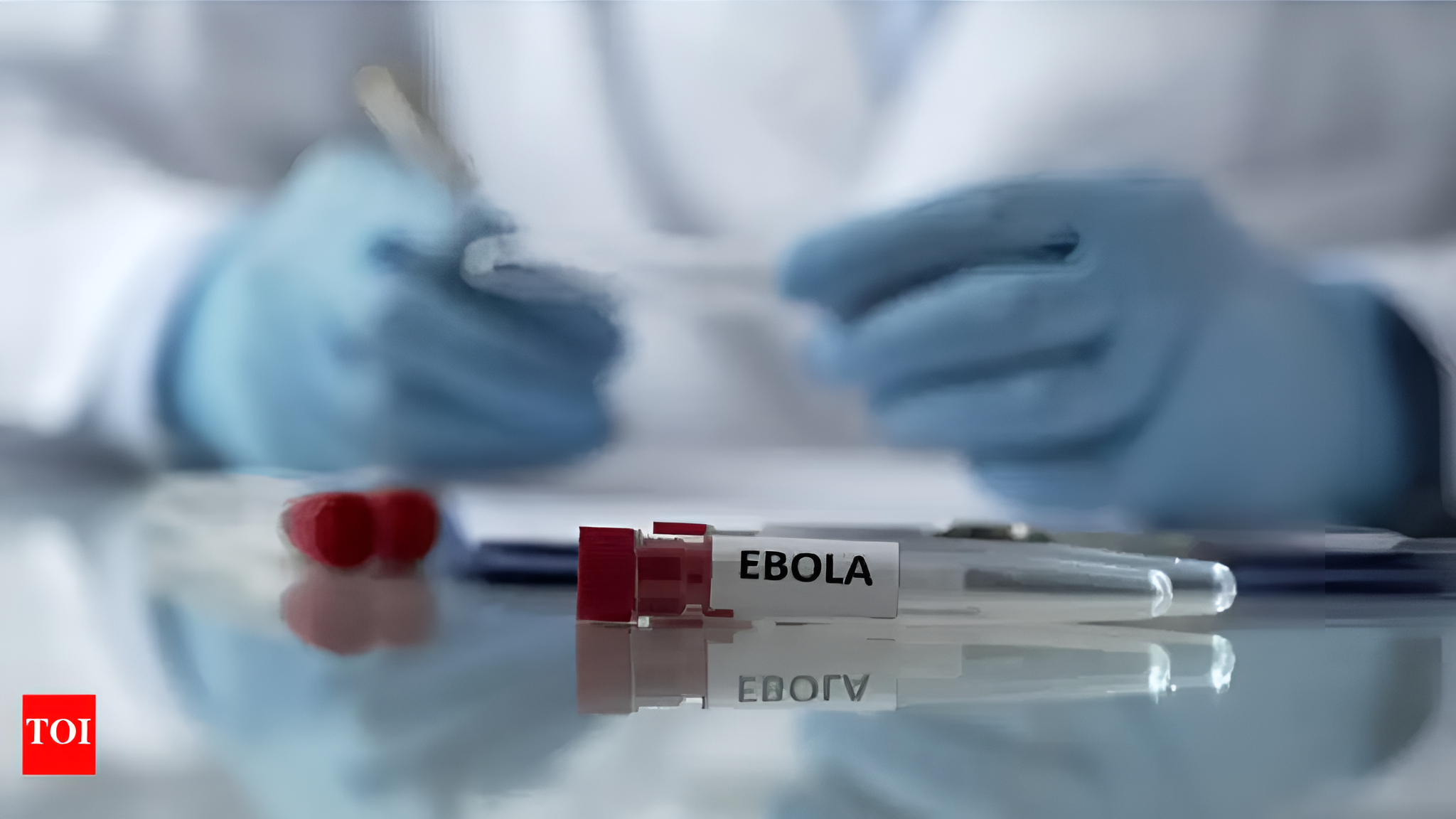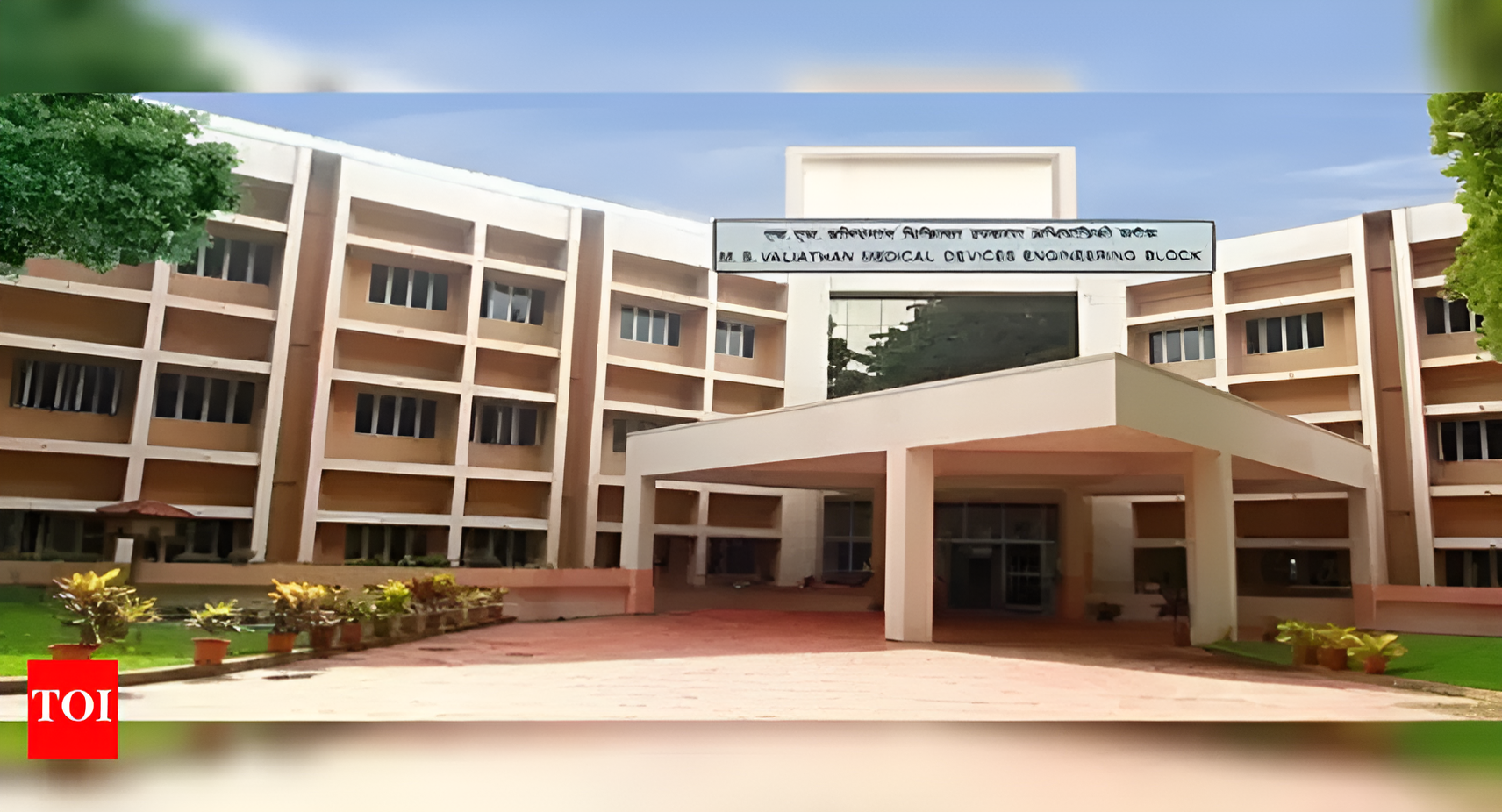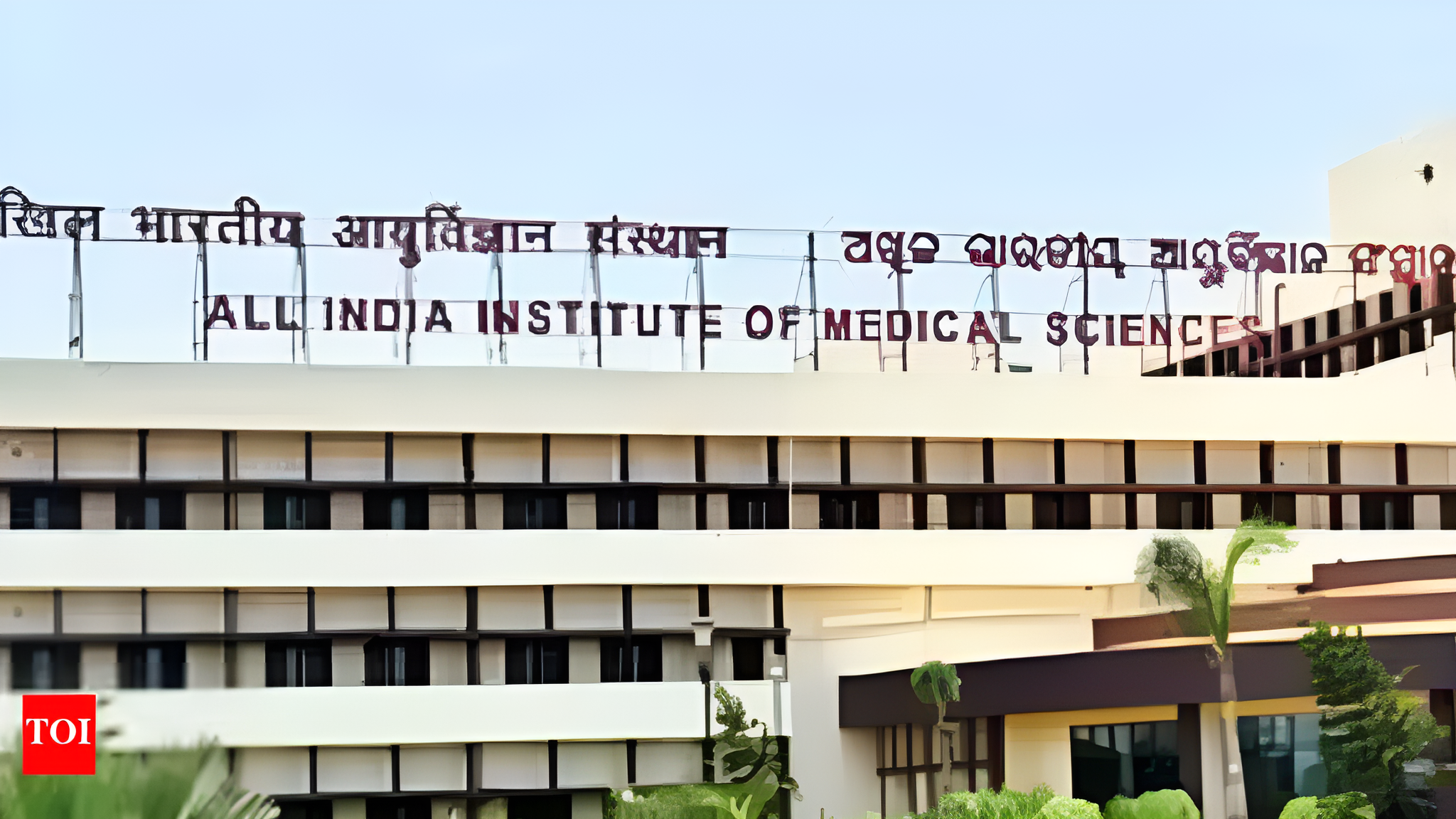
In recent years, circulating tumor cells (CTCs), once touted to be an important cornerstone for the development of liquid biopsies for cancer detection have taken a back seat to tools that analyze circulating tumor DNA (ctDNA). Part of the difficulty of leveraging CTCs for diagnostic purposes has been their rarity in a standard blood draw. Unlike ctDNA tests that can amplify the DNA material for analysis, with CTCs, what you find, is what you get.
Still CTCs can provide a more complete picture of a patient’s cancer if enough cells can be collected for analysis. Now, a new cell separation technology developed by scientists at the K. N. Toosi University of Technology in Tehran, Iran, promises to reignite interest in the use of CTCs as diagnostic biomarkers for cancer. The novel method, published in the journal Physics of Fluids, uses standing surface acoustic wave (SSAW) technology to separate the CTCs from red blood cells with very high precision and efficiency.
“We combined machine learning algorithms with data-driven modeling and computational data to fine-tune a system for optimal recovery rates and cell separation rates,” said Naser Naserifar, co-researcher at K. N. Toosi University of Technology. “Our system achieves 100% recovery at optimal conditions, with significant reductions in energy consumption through precise control of acoustic pressures and flow rates.”
Current methods for CTC separation often require complex equipment, large sample volumes, and extensive preparation, which make them impractical for use outside of research laboratories. This new acoustofluidic platform could overcome these limiting factors by offering a precise and energy-efficient alternative.
For their work, the researchers combined multiple techniques to design their new technology platform. The SSAWs generate high-frequency acoustic waves that manipulate the movement of cells within a microfluidic channel. By strategically designing the channel’s geometry and applying dualized pressure acoustic fields, the researchers enhanced the system’s ability to isolate CTCs from surrounding red blood cells. This method not only improves separation efficiency but also generates reliable datasets to predict the migration patterns of tumor cells.
“We have produced an advanced, lab-on-chip platform that enables real-time, energy-efficient, and highly accurate cell separation,” said study co-author Afshin Kouhkord. “The technology promises to improve CTC separation efficiency and open new possibilities for earlier and more effective cancer diagnosis. It also paves the way for microengineering and applied AI in personalized medicine and cancer diagnostics.”
The potential uses of this technology are broad. In addition to improving the efficiency of cancer diagnosis, it holds potential for developing portable, lab-on-chip diagnostic devices, which could be used for real-time cancer detection and monitoring. The system’s ability to generate detailed cell interaction data also opens new possibilities for studying tumor cell behavior and migration, key factors in understanding how cancer spreads.
“The integration of Multiphysics Finite Element Method and multivariate surrogate modeling…generate datasets that predict the performance of the proposed acoustic micro-electro-mechanical system in explaining the cell migration phenomena,” the researchers wrote in their study. “This innovative approach in laboratory-on-chip technology paves the way for personalized medicine, real-time molecular analysis, and point-of-care diagnostics.”
Further research steps include refining the system’s efficiency for large-scale applications and ensuring its adaptability for a wide range of cancers. By leveraging machine learning to optimize system performance, the researchers hope to enhance the precision of their platform and its ability to handle diverse blood samples in a clinical setting.









![Best Weight Loss Supplements [2022-23] New Reports!](https://technologytangle.com/wp-content/uploads/2022/12/p1-1170962-1670840878.png)




